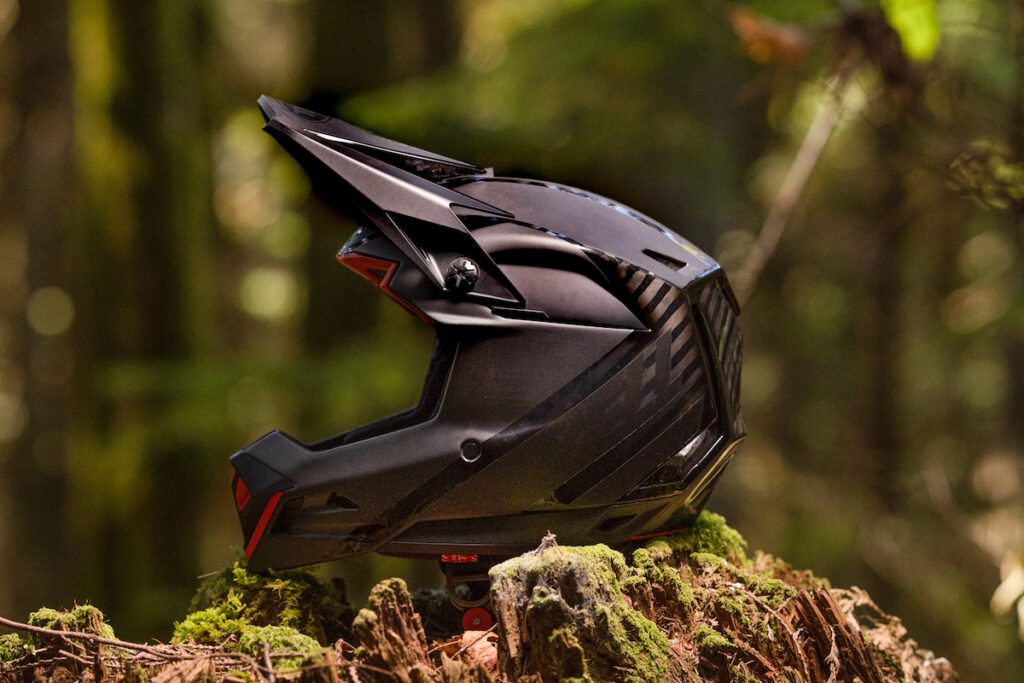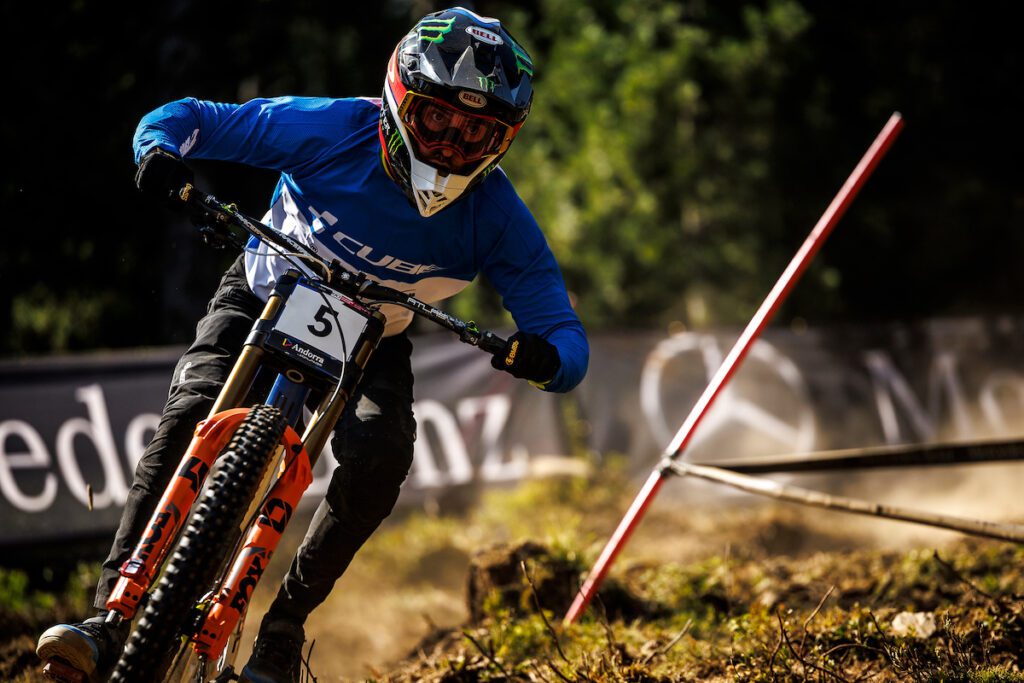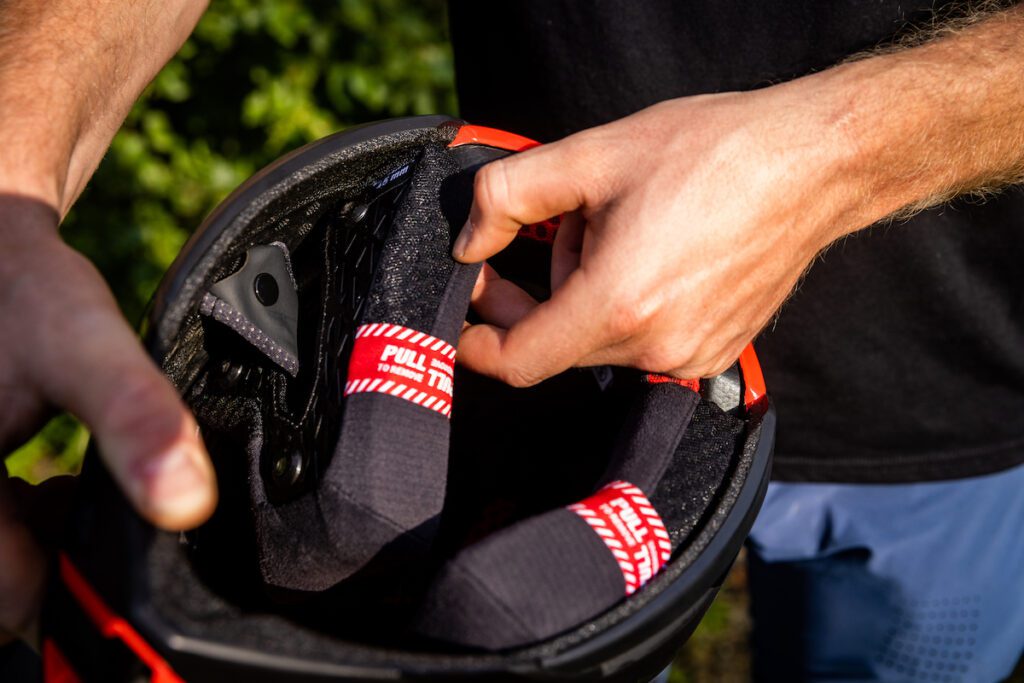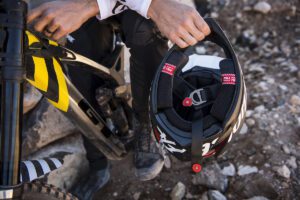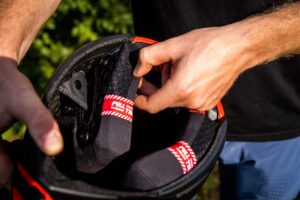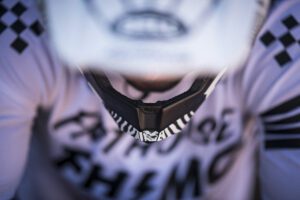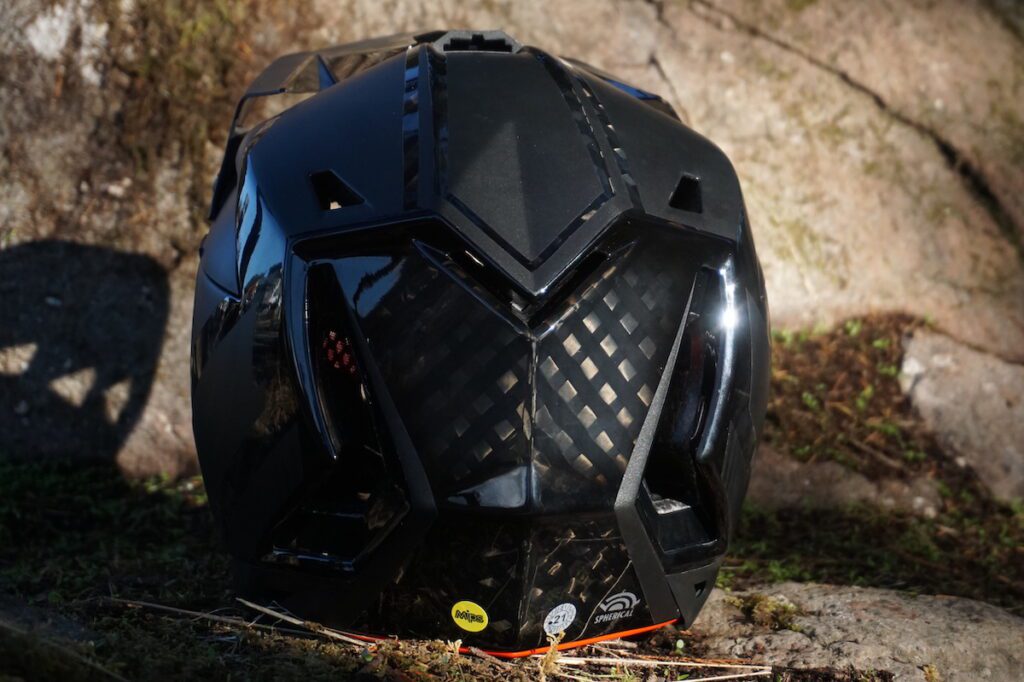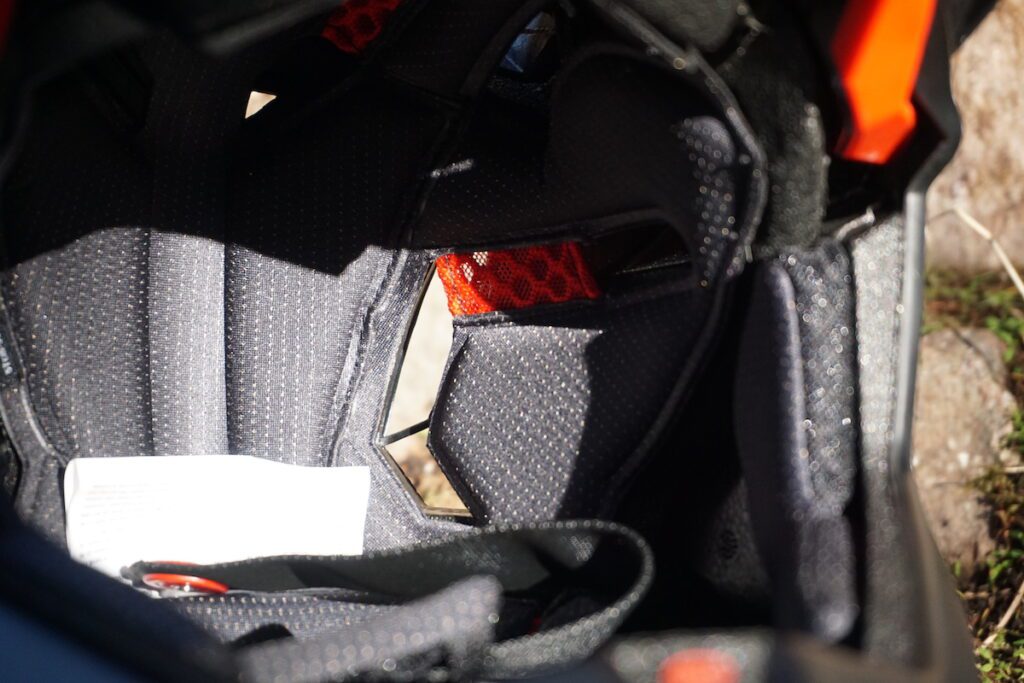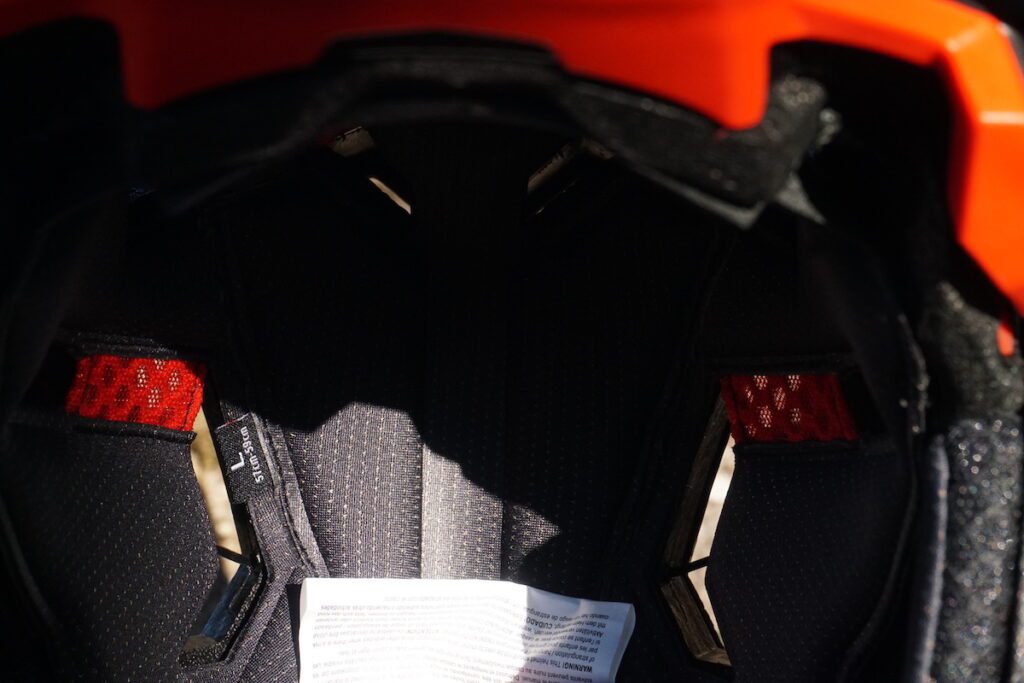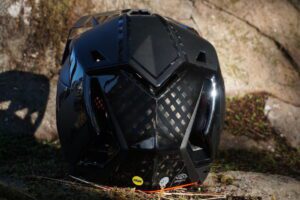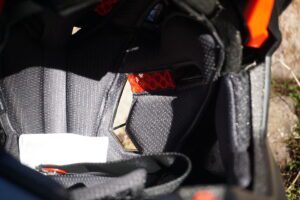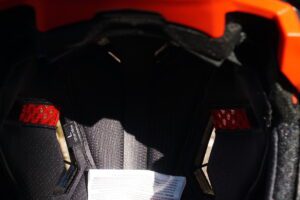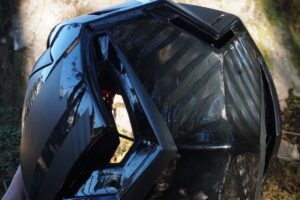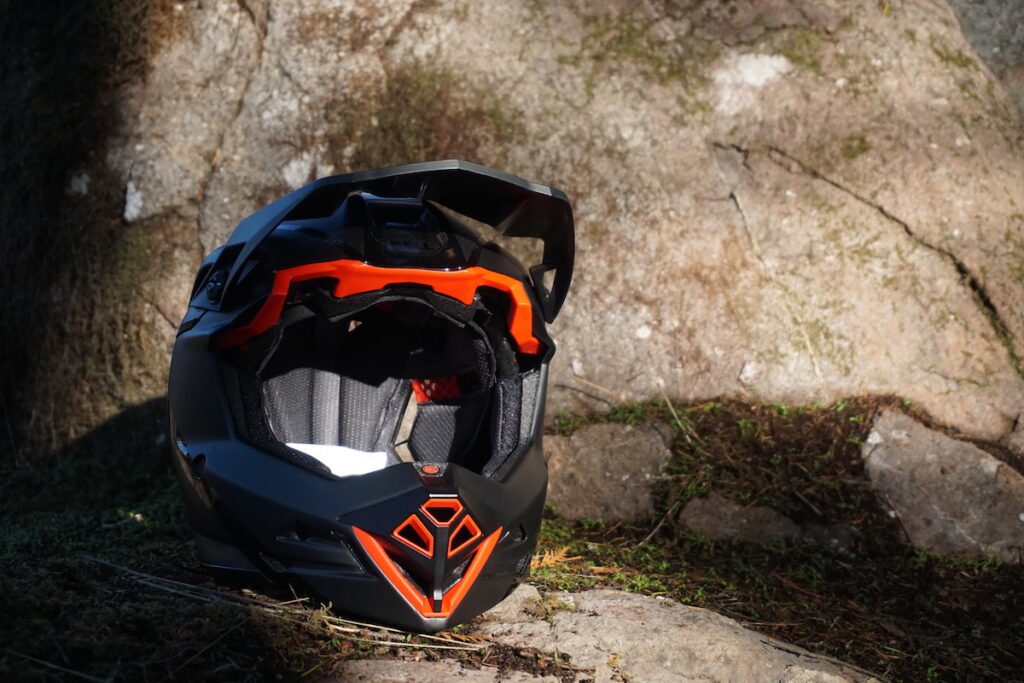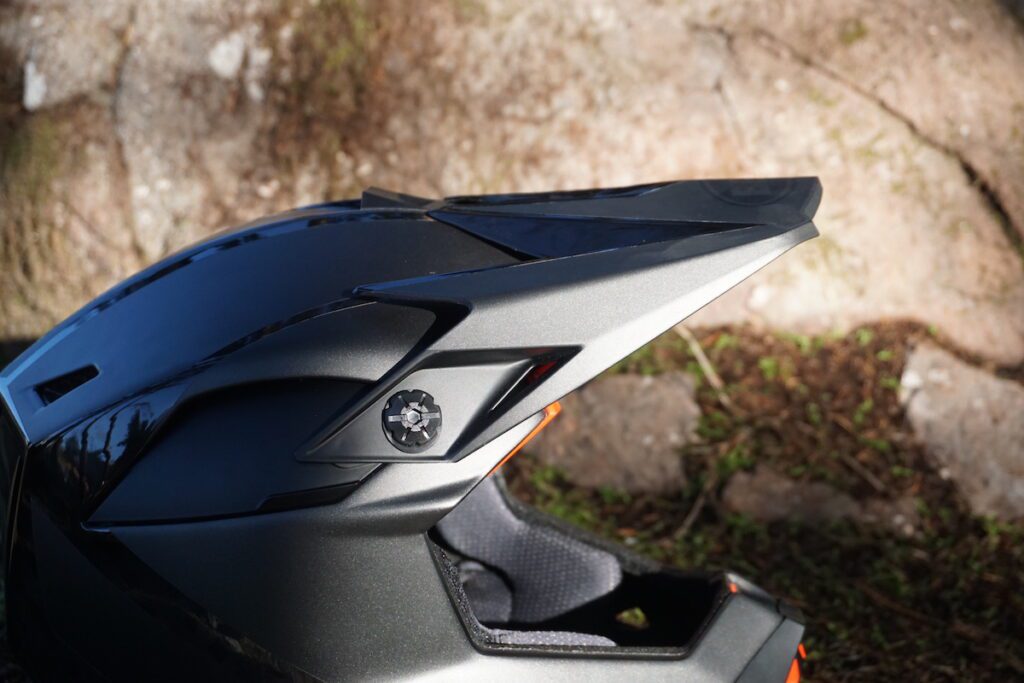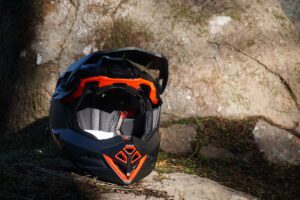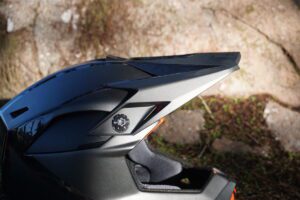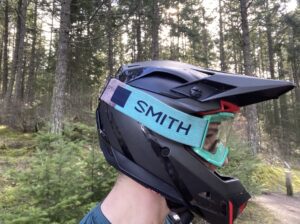Review: Bell Full-10 Spherical
The new marquee DH full-face helmet
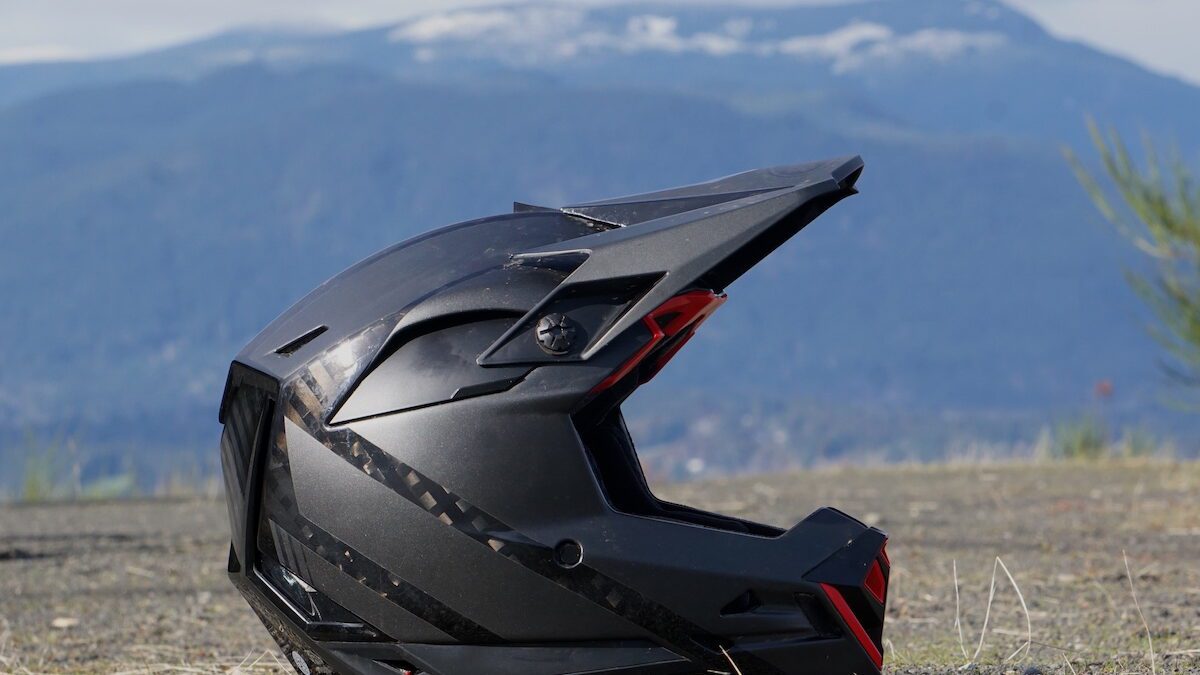
A decade after introducing the Full-9, Bell is finally going public with its successor. The Full-10 Spherical is a complete overhaul of the race-proven full-face and follows a Full-10 moto helmet from Bell.
Bell’s new marquee helmet is lighter, safer and better ventilated that its predecessor. It’s also more expensive. After several months of riding, it’s also very comfortable. Read on for our review of the Bell Full-10 Spherical.
Bell Full-10 Spherical: what’s new?
Bell’s added significant features to the Full-10 while still shedding weight. A medium now sits exactly on the 1,000-gram threshold (for a size Medium. Our large test helmet is 1,023g). The lightweight, unidirectional carbon fiber shell helps, for sure. As does the panoramic goggle port. But inside is where the Full-10 gets interesting. This is the first full DH helmet from Bell to feature Spherical technology. Developed by Bell and Giro, Spherical uses a ball-and-socket design to redirect impact forces away from the brain in a crash. The outer layer rotates around the inner liner while layers of EPP and EPS foam add further protection.
Also new is what Bell calls Thermal Energy Airflow System (T.E.A.S.). While the acronym is awkward, it functions impressively. Large channels at the front of the helmet funnel air in through the chin bar and above goggles and out through five sizable outflow vents on the rear of the helmet. There are 13 vents on the chin bar and three ports above the goggles pulling air in. Crucially, the outflow ports on the rear of the helmet push out significant amounts of air without leaving any large unprotected vent areas, like some lightweight full-face helmets have.
Bell is also very clear that while the Full-10 is light, it is not a lightweight full-face. This is a full-on DH and slopestyle helmet that is also light. Bell’s hoping it is light enough to wear for other purposes, like enduro and park riding. Which makes sense. We first got our hands on the Full-10 during Crankworx last summer (it was already in use on the World Cup circuit and we’ve used it ever since). That same week, the Whistler stop of Enduro World Series sent riders sailing off a massive drop on the new 1199 track in Whistler Bike Park. Not exactly what you’d want to be riding in a lightweight helmet. The Full-10 is also certified for eMTB and BMX use.
Bell Full-10 Spherical: features
While the major changes completely overhaul the shell and structure of the Full-10, many of Bell’s more detailed features return, too.
Magnetic cheek pads, made with Ionic+ Antimicrobial Comfort Padding, snap in and out without having to remove the helmet. This is obviously important for first-aid situations, but it also makes them easy to remove for washing, to change fit or, if you’re really organized, for long climbs mid-enduro. Bell offers these machine-washable cheek pads in five widths, from 30mm to 50mm, to help dial in fit.
There’s also a breakaway camera mount on the top of the helmet. It sits just above the adjustable “flying arch” visor. A titanium D-Ring buckle is extra fancy, and more functional with an easy-t0-use magnetic clasp to keep the strap in place.
Bell offers the Full-10 in four colours, including a Fasthouse branded version. All have a matte base over the carbon fiber shell, which Bell hints is the perfect base for custom paint schemes.

Review: Bell Full-10 Spherical
The Full-10 took years for Bell to develop and is the brand’s top mountain bike helmet. It feels, and looks like it. It is comfortable to wear, sitting securely on your head without squishing or squeezing to stay in place. You can feel the Spherical system move if you grab and twist the helmet with your hands but I never felt it move around while riding.
The pads themselves are made of comfortable material and look visibly better constructed than some competitors. The magnetic clasps keep pads in place while riding, but they’re also easy enough to get out, in case of emergency, or just for comfort. Having five different pad widths also makes it easy to get the Full-10’s fit just right.
On the trail, the Full-10 actually breathes quite well, compared to other full-face helmets. Not as well as some lightweight full-face helmets, but it does offer more protection than those minimalist options. It did, though breathe better than one convertible helmet we tested, so the T.E.A.S. system is working as intended. Combined with the 1,000-gram weight, it is comfortable enough to pedal around in, if you’re looking for more protection for your next enduro.
Bell offers the Full-10 in four sizes, from XS/S to XL/XXL. It runs a somewhat staggering $800 price tag in Canada (USD 600 for readers south of the border). That does include with two sets of extra pads, the camera mount and a nice carrying bag. That is a hefty price tag, even for a top-end helmet, and cost may prevent some riders from investing. Based on our review of the Bell Full-10 Spherical, that is the only factor that should count against this helmet. From fit and ventilation to weight and comfort, this is is a deserving heir to the Full-9’s spot on the top of Bell’s line.
